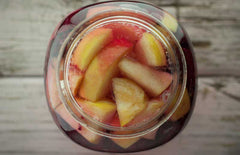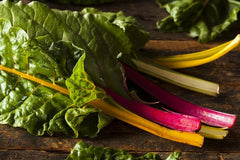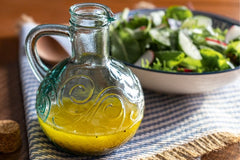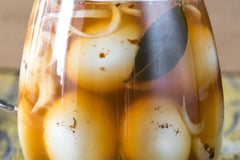How Does Lacto-Fermentation Work?
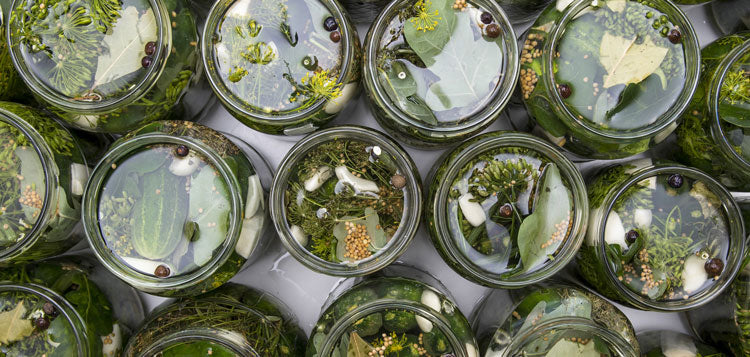
Lacto-fermentation is method of preserving food. Long before refrigerators and freezers, people needed a way to assure that their families would have enough to eat even after the bountiful harvests were complete.
Quick tools if you want to try it yourself (recommended):
This process of fermentation allowed civilizations to thrive and expand. The fermentation process not only allowed them to store food for longer periods of time, but also tremendous health benefits resulted from the lacto-fermentation process.
The process of lacto-fermentation involves creating the right environment in which good bacteria, also known as probiotics, can thrive. And yeast, mold or bad bacteria that make you sick cannot survive. If bad bacteria cannot survive in this new environment, then they are not there to break the food down, which is what causes food to decay and become dangerous to eat. With these out of the way, the good bacteria take over and multiply into a probiotic rich food.
The specific bacteria that is used for lacto-fermentation is called Lactobacillus Acidophilus, or just L. Acidophilus. This is a very long name, but if you break it down it is easier to remember. -Phil- is the root of words like Philosophy, the love of wisdom or Philanthropist, one who loves people or Audiophile, one who loves music. So can you guess what L. acidophilus loves? L. Acidophilus are so named because they love acid. The Lacto- refers to their favorite type of food, lactose. And the Bacillus just means bacteria. So the name for these bacteria is composed of where they like to live and what they like to eat. Simple enough.
Probiotics are found naturally in smaller (relatively speaking) quantities on the skins of fresh fruits and vegetables and in dairy. Each of these foods is full of sugars that bacteria, like probiotics, use as fuel. This is not unlike the way the human body uses calories from glucose to have the energy to work and play.
As stated, probiotics prefer a sugar called lactose, which is primarily found in milk. But this does not mean that it is necessarily full of lactose that some might be sensitive to or unable to eat for dietary reasons. Some recipes may call for a milk based starter culture to help the fermentation process along. There are several non-dairy alternatives, however.
Once you begin the process of lacto-fermentation, you activate these probiotics, putting them to work for you to break down the sugars and release a byproduct that other organisms do not like. This byproduct creates that distinct sour-sweet taste that we associate with fermented foods. In this controlled setting, the food is only “consumed” to the point of fermentation, leaving the actual food intact, but enriched with flavor and health benefits.
The Lacto-fermentation process begins with choosing a food that is fresh, like a cucumber, if you want to make pickles. This food sliced, diced, smashed, etc. and mixed with salt, water and sometimes a starter, which contains extra probiotics. These ingredients are put into a jar and the Easyfermenter lid is placed on top.
This lid allows you to pull the oxygen out of the jar before it keep the oxygen out while allowing some of the carbon dioxide that fermenting generates to escape, so that your jar does not burst. In this environment the food begin to ferment and be preserved. After a short time, you will have a nutrient-rich food to enjoy with dinner or as a snack. Adding probiotic-rich foods like fermented food to your diet has been scientifically shown to support your health, so eat more fermented foods for a healthier you.
Want to try it?
Fermenting can be fun, rewarding and healthy. If you want to give it a go, you might consider investing in fermenting lids and pumps, fermenting weights, and this fermenting tutorial.
And, of course, if you have any questions, just drop them in a comment below!




